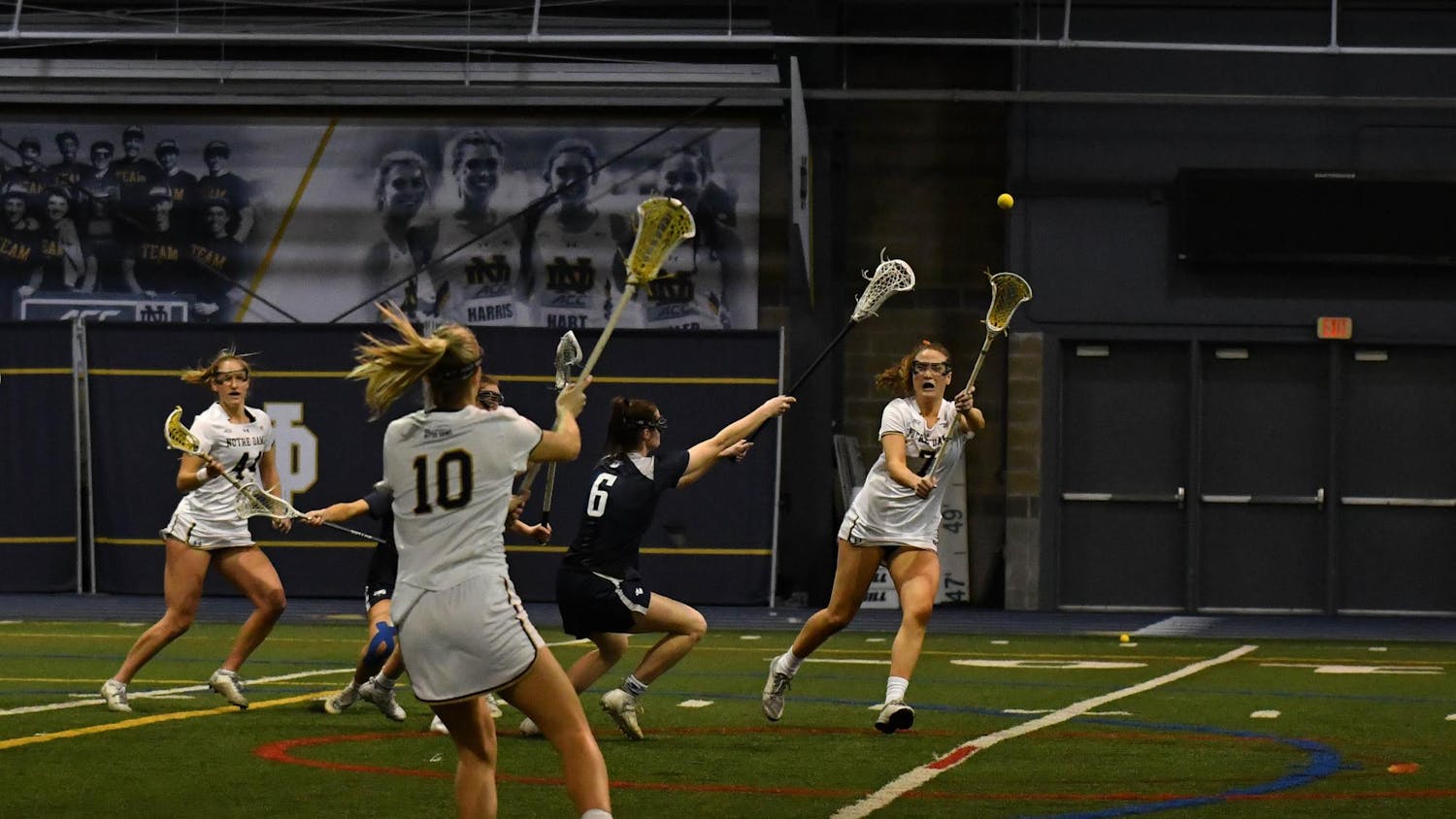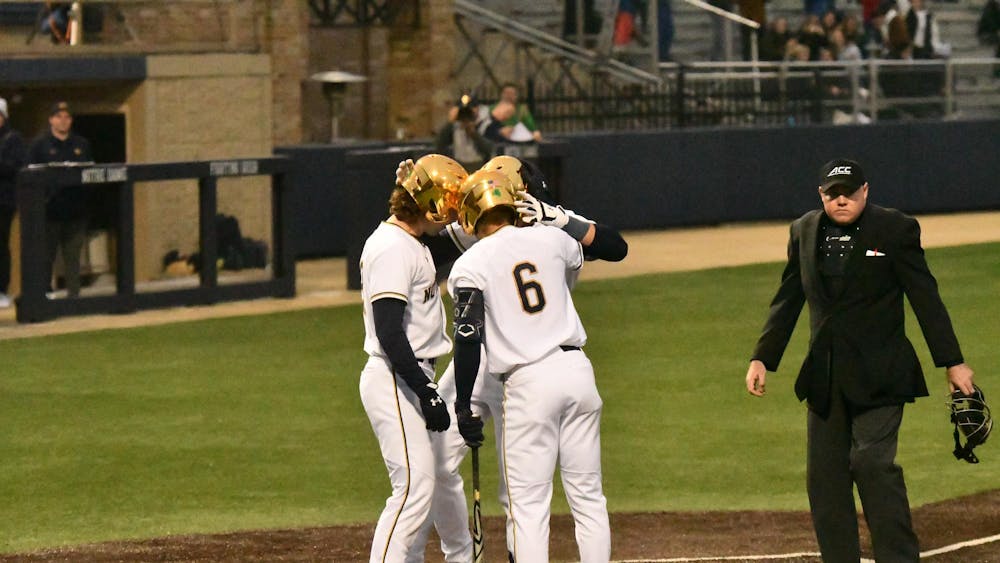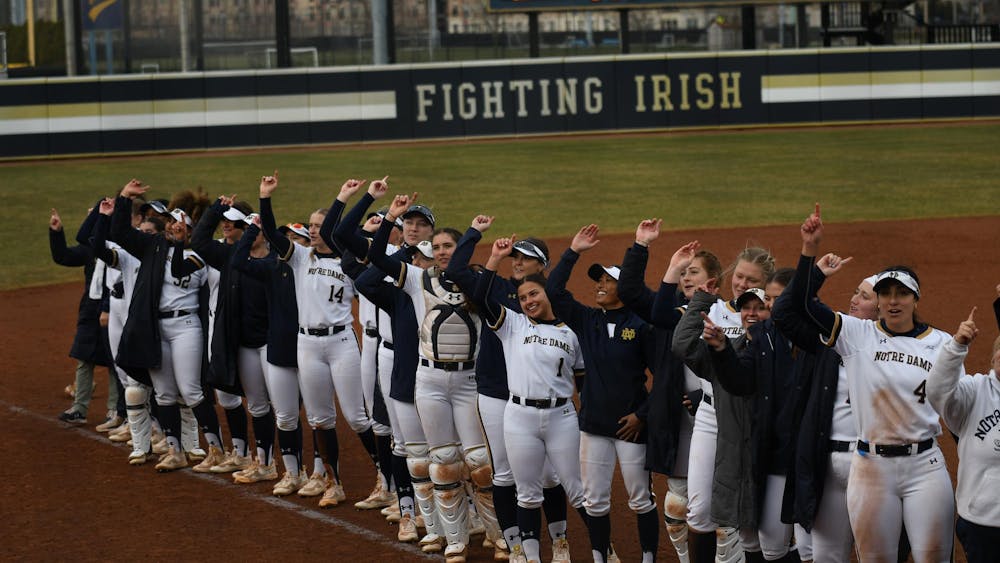To say that this college football season has had a few surprises so far is an understatement.
Major upsets and countless near-upsets have left us without a clear front-runner for the national title and a wide-open playoff hunt. Off-the-field stories at Rutgers and USC have only added to the shocks. But yesterday, we may have seen one of the rarest events imaginable in the sport: a major performance-enhancing drugs suspension.
Will Grier, quarterback for Florida, has been suspended for the remainder of the season after testing positive for a banned substance. He said at a press conference that he unknowingly took the substance in an over-the-counter supplement. It is the first instance of such a suspension for a notable player at a large Division I program. College football’s record with performance enhancing drugs — on the surface — looks pretty great: the numbers of positive tests are incredibly low and mostly at smaller programs away from the national spotlight. Even at the NFL level, numbers of positive tests seem surprisingly low: there’s been no major steroid scandal that can compare to what baseball has dealt with.
But are we to believe that almost everyone except Will Grier is clean? I should point out that I have no definitive proof; I have no inside knowledge that isn’t public. I’m only speculating, but when you look at the facts it’s hard to believe something isn’t going on.
Just compare the costs and the benefits. Football is a huge industry. It’s only a matter of time before we see a college team pass the billion-dollar mark. At the professional level, the Dallas Cowboys are the most valuable sports team in the world, valued at $4 billion, with many other NFL teams close behind. Meanwhile, the money in steroid testing is substantially smaller. The NCAA conducts testing for all of its athletes and simply doesn’t have the resources to compete with a well-organized doping regimen. Lance Armstrong avoided a single positive test in his cycling career thanks to the resources at the USPS team’s disposal, and he was facing the most powerful anti-doping agencies in the world — what could a major program do against the NCAA if they wanted to? The risk of getting caught is almost zero, unless you slip up.
And then there’s the benefits. At the college level alone, maybe there’s not much to gain other than personal glory, but every player wants a shot at the NFL. A league where a single workout session — a bench-press, 40-yard dash and some quick drills — could turn you from a nobody to a millionaire. It seems odd that baseball, a sport where athleticism is a much smaller part of the game, could have such a large scandal, while a sport involving super-human athletes like football has had only scattered cases.
If football players aren’t doping, any economist could tell you it would be rational to start. In cycling, most dopers weren’t doing it for the glory of winning a Grand Tour like Armstrong; they just wanted to remain part of the peloton. It’s easy to see the comparison when there’s one multi-billion dollar professional football league, and very limited options beneath. Taking that risk to get an NFL contract someday is more likely to change an athlete’s life for the better than for worse.
If you need actual reports of doping cases, they’re out there. Former BYU player Jason Scukanec claimed in 2005 that doping is widespread at DI programs, but he had no evidence and nothing was done. When Tommy Chaikin wrote about the use of PEDs at South Carolina in the 1980s for Sports Illustrated, coaches were jailed, but the NCAA did not issue any sanctions. An Associated Press investigation noted that the system is perfectly designed to allow dopers to get away with it, and provided evidence of players putting on suspicious amounts of weight with ease.
So what can be done? Is it realistic for the NCAA to be able to investigate steroid use well enough to actually compete with major programs? Probably not. Some suggest that repealing substance bans would lead to more entertaining contests and less cheating, but the health risks are obvious. Others are aware of what may go on, but happy to turn a blind eye. There isn’t an easy answer. We may need more major player accounts on the matter, and perhaps one day steroid use can be fully looked into. Until then, the best we can do is accept that Grier may not be alone, and there may be more than a few organized steroid programs in college sports.













